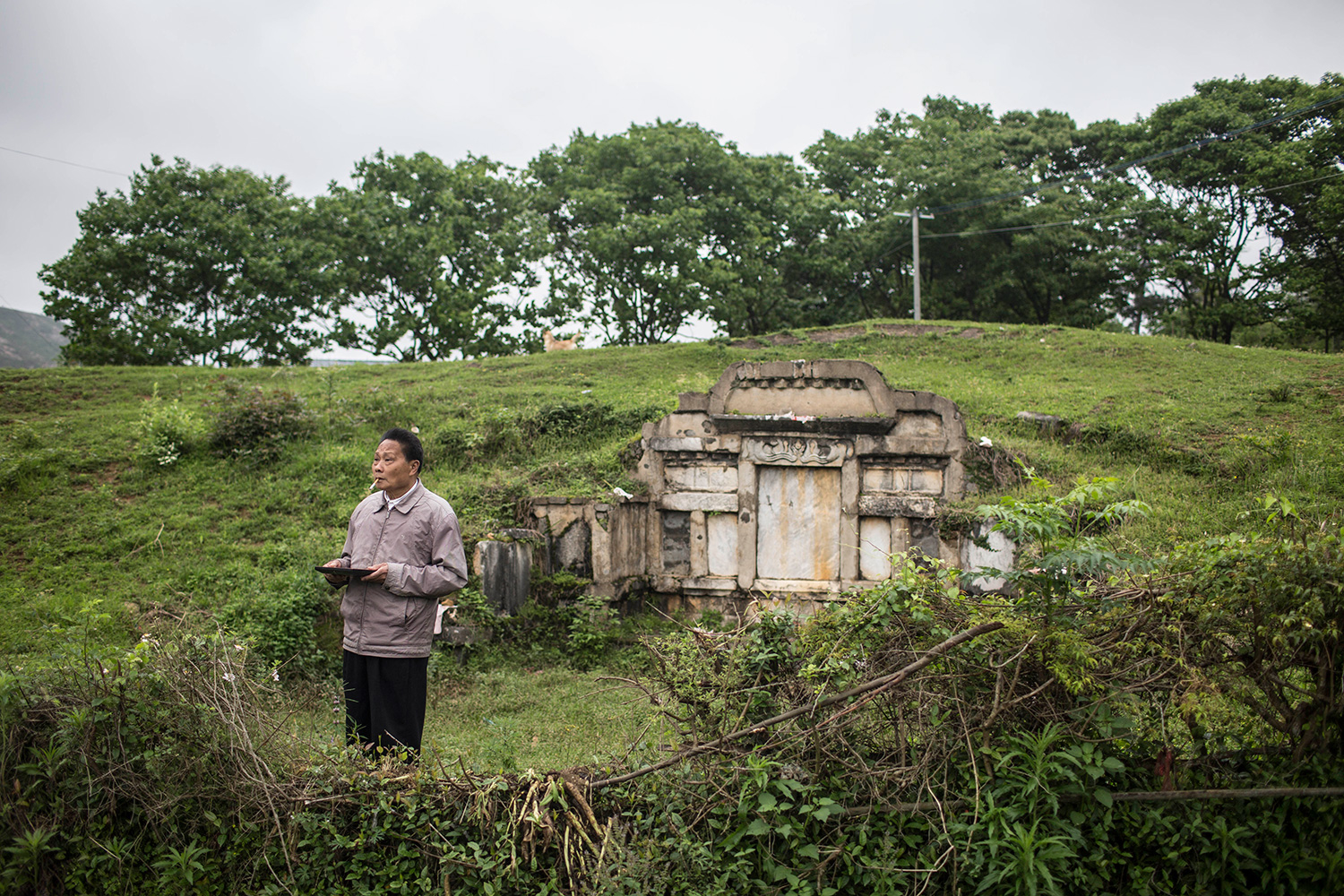Customs or Superstition | The Paper

San Liao, a village of 6,000 located in the eastern province of Jiangxi, prides itself on being China’s Number 1 Feng Shui village, with more than 100 professional Feng Shui masters who select the best locations and orientations for tombs, homes, and commercial buildings. The local government of San Liao has dedicated $50 million to developing “feng shui tourism,” but the village’s road to prosperity is difficult because feng shui was outlawed during the Cultural Revolution as superstition, a view many people in China still hold.
Caption information
San Liao, a village of 6,000 located in the eastern province of Jiangxi, prides itself on being China’s Number 1 Feng Shui village, with more than 100 professional Feng Shui masters who select the best locations and orientations for tombs, homes, and commercial buildings. The local government of San Liao has dedicated $50 million to developing “feng shui tourism,” but the village’s road to prosperity is difficult because feng shui was outlawed during the Cultural Revolution as superstition, a view many people in China still hold.



